If you encounter the No AMD graphics driver is installed error on your Windows 11 computer, the solutions explained in this article will help you. According to the users’ feedback, this error occurs a few seconds after starting the computer and when you open the AMD software. Some users with graphics cards other than AMD also encountered this error.
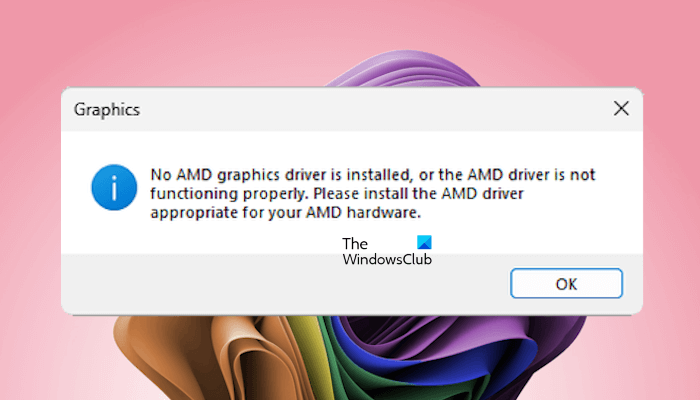
No AMD graphics driver is installed error on Windows 11
Follow these suggestions to fix the “No AMD graphics driver is installed” error on your Windows 11/10 computer.
- Check the status of the graphics card driver
- Reinstall the graphics card
- Update or perform the Clean Installation of the GPU driver
- Uninstall the AMD Software
- Update BIOS
- Uninstall Windows Update or restore your system
All these fixes are explained below in detail.
1] Check the status of the graphics card driver
First, press the Ctrl + Win + Shift + B keys to restart your graphics card driver, and see if it helps. The next step is to check the status of your graphics card driver in the Device Manager. It might be disabled.
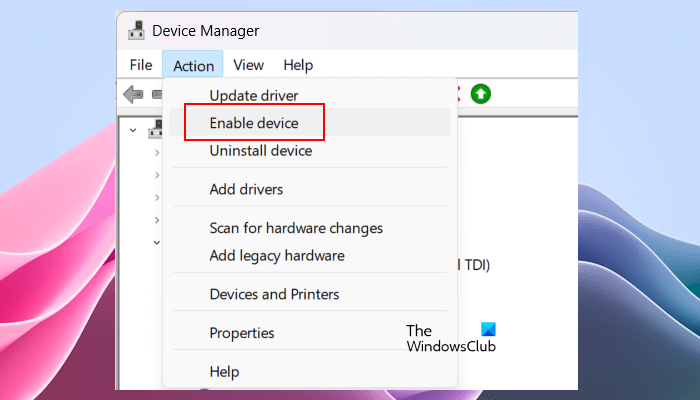
Follow the steps provided below:
- Open the Device Manager.
- Expand the Display adapters branch.
- Right-click on your graphics card driver and see if the Enable device option is available. If yes, click on it to enable your graphics card driver.
If there is a warning sign on your graphics card driver, double-click on it to open its properties. Now, see the error message under the General tab and troubleshoot accordingly.
2] Reinstall the graphics card
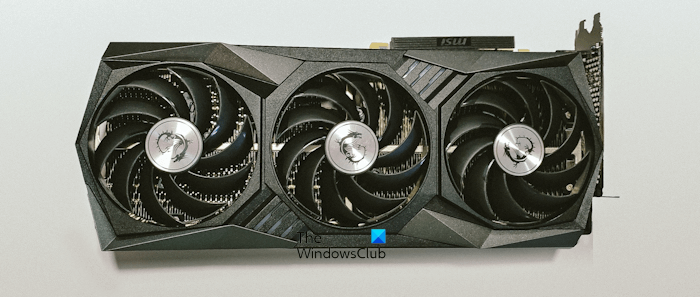
Probably, your graphics card is not seated properly in the PCIe slot, or the respective slot may have malfunctioned, due to which this error is occurring. I suggest you reinstall the graphics card. Turn off your computer, unplug the power cord from the wall socket, and open your computer case. Now, remove the graphics card from the PCIe slot and reinstall it. If your computer motherboard has more than one PCIe slot, install the graphics card into another available PCIe slot. This will let you know whether the issue is with the PCIe slot.
3] Update or perform the Clean Installation of the GPU driver
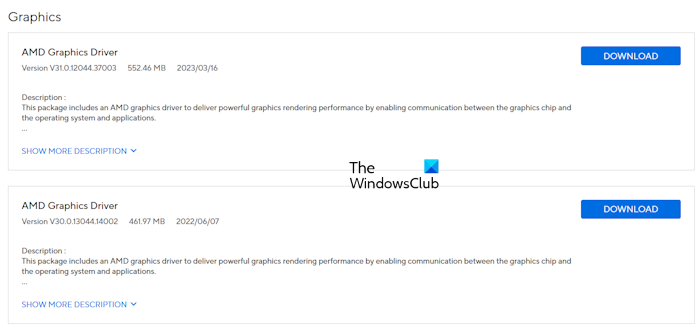
Check if an updated version of your graphics card driver is available on your computer manufacturer’s website. If yes, download the update and install it. This should fix the error.
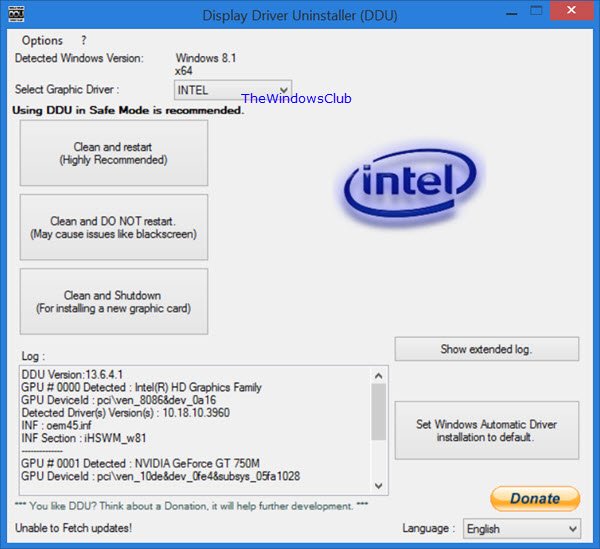
If this does not help, performing the clean installation of the GPU driver will work. For this, you have to use a third-party tool, DDU (Display Driver Uninstaller). Download and install DDU on your system. Now, boot in Safe Mode and run DDU. Remove the graphics card driver completely from your system using DDU, and then perform a fresh installation of the GPU driver.
Read: The AMD installer cannot continue because the operating system is not supported
4] Uninstall the AMD Software
According to the reports, some users with computer graphics cards other than AMD are also getting this error. Such a thing happens if you install AMD Software on a computer with non-AMD hardware. Open the list of installed programs in the Control Panel and see if the AMD Software is installed. If yes, uninstall it.
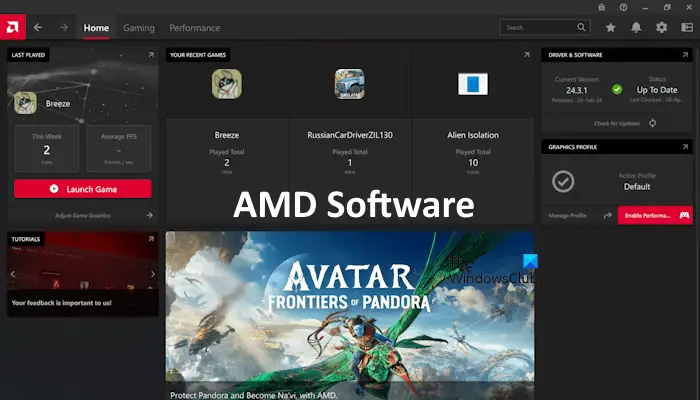
Users with AMD graphics can reinstall the AMD software after uninstalling it from the Control Panel. After uninstalling the AMD Software, restart your computer. Then, download the latest version from AMD’s official website and install it.
5] Update BIOS
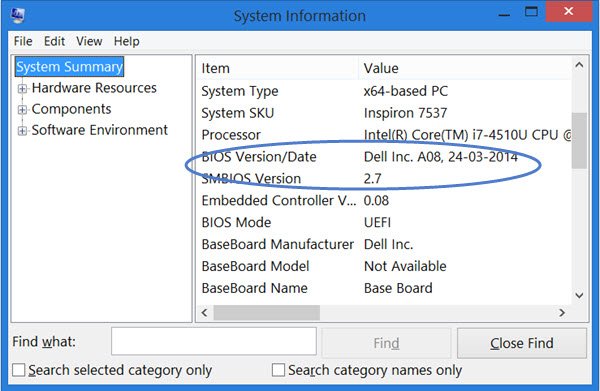
Update your BIOS to the latest version. You can check the version of your BIOS in the System Information tool or the Command Prompt.
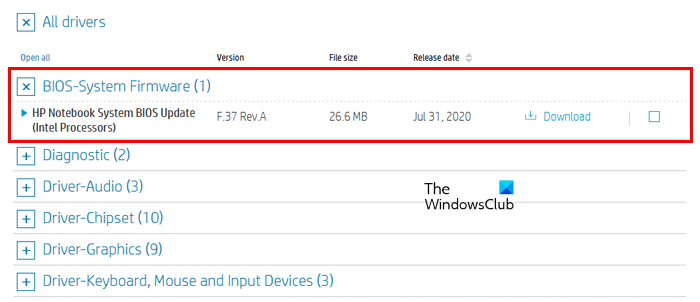
Visit the official website of your computer manufacturer and locate the BIOS and Firmware or related tab. Now, check if an updated version of BIOS is available. If yes, download and install it.
6] Uninstall Windows Update or restore your system
A recent Windows Update might have messed with your graphics card driver. In such a case, you can uninstall that Windows Update. Before uninstalling the Windows Update, check if the Roll Back Driver option in the Device Manager is available for your graphics card driver. If yes, roll back the graphics card driver to install its previous version.
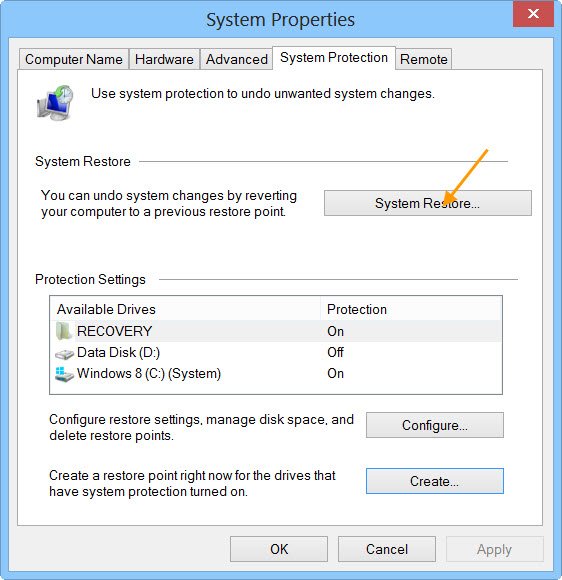
Uninstall the recent Windows Update if the issue has started occurring after installing a Windows Update. You can also restore your system to the previous point in time to fix this error. For this, use the System Restore utility and select the date before which the error did not occur.
That’s it. I hope this helps.
Does Windows 11 support AMD drivers?
Yes, Windows 11 supports AMD drivers. You can download the latest AMD drivers from the official AMD website or install AMD Software. AMD Software helps you keep the required drivers, including the chipset drivers, graphics drivers, etc., updated.
Why isn’t my AMD processor compatible with Windows 11?
Before officially releasing Windows 11 for users, Microsoft released the list of supported processors for Windows 11. This list is available for processors of all brands, including Intel, AMD, etc. Old-generation processors are not compatible with Windows 11. Your processors probably belong to the outdated generation processors for Windows 11.
Read next: AMD Software Update Failed error on Windows.
Leave a Reply